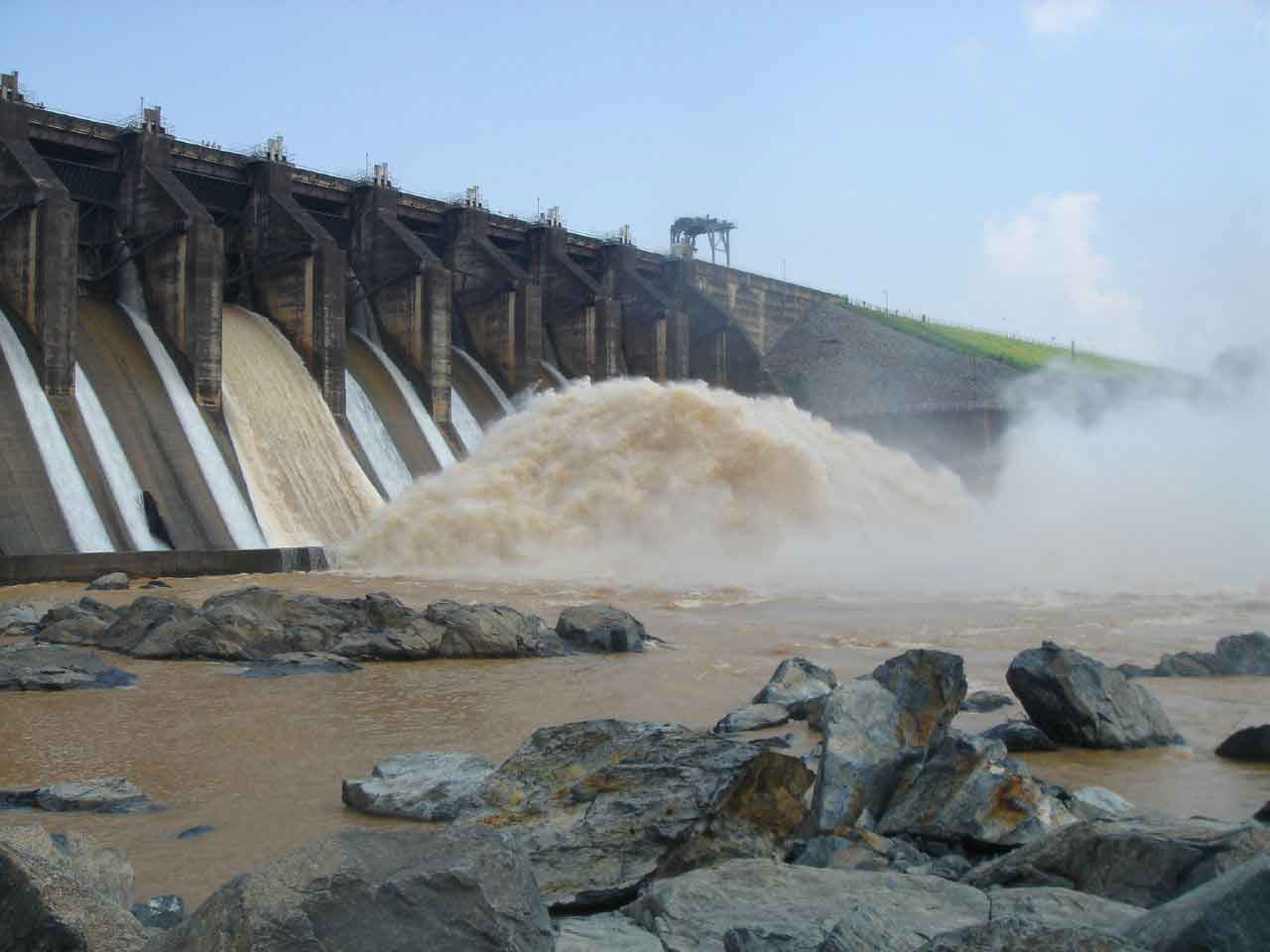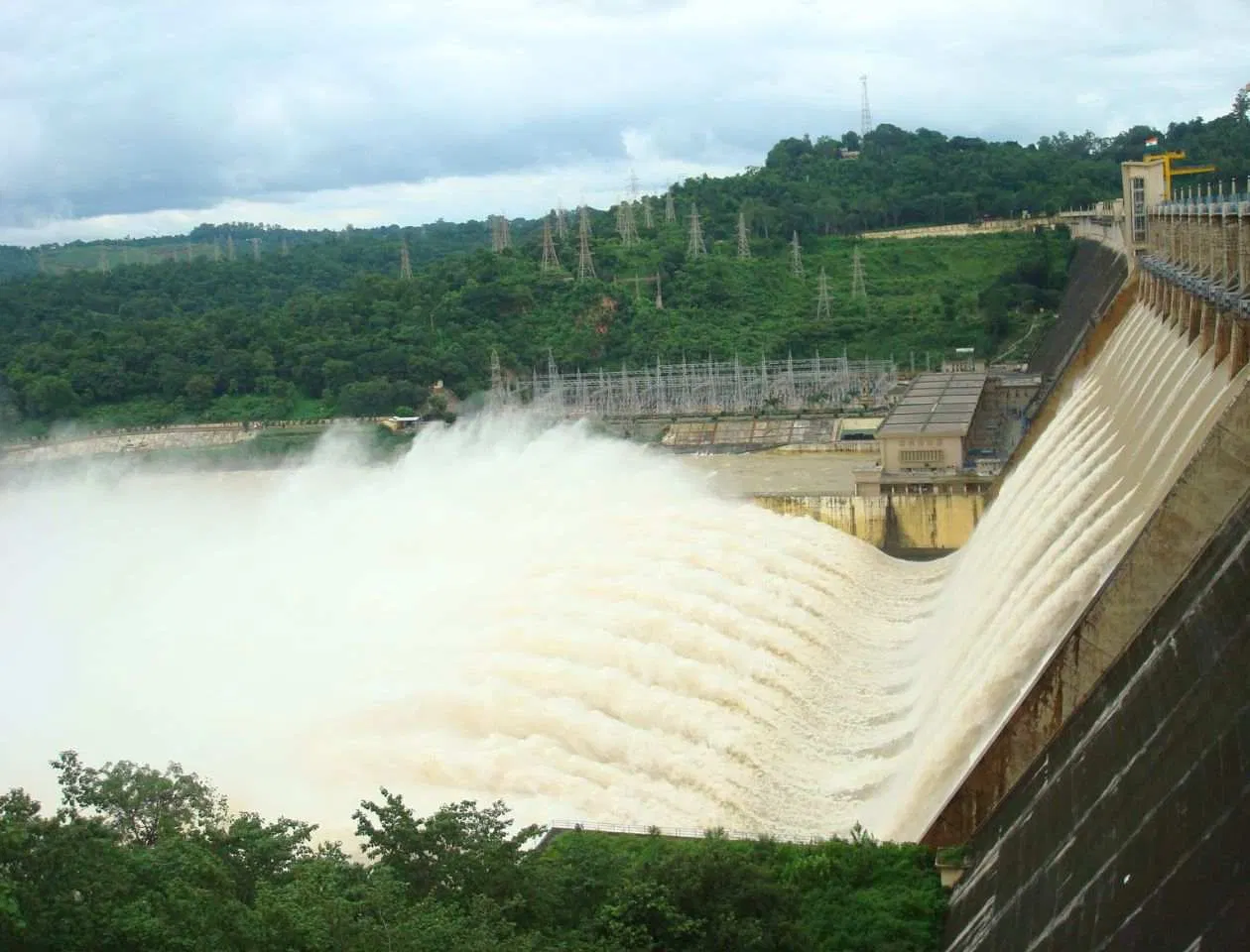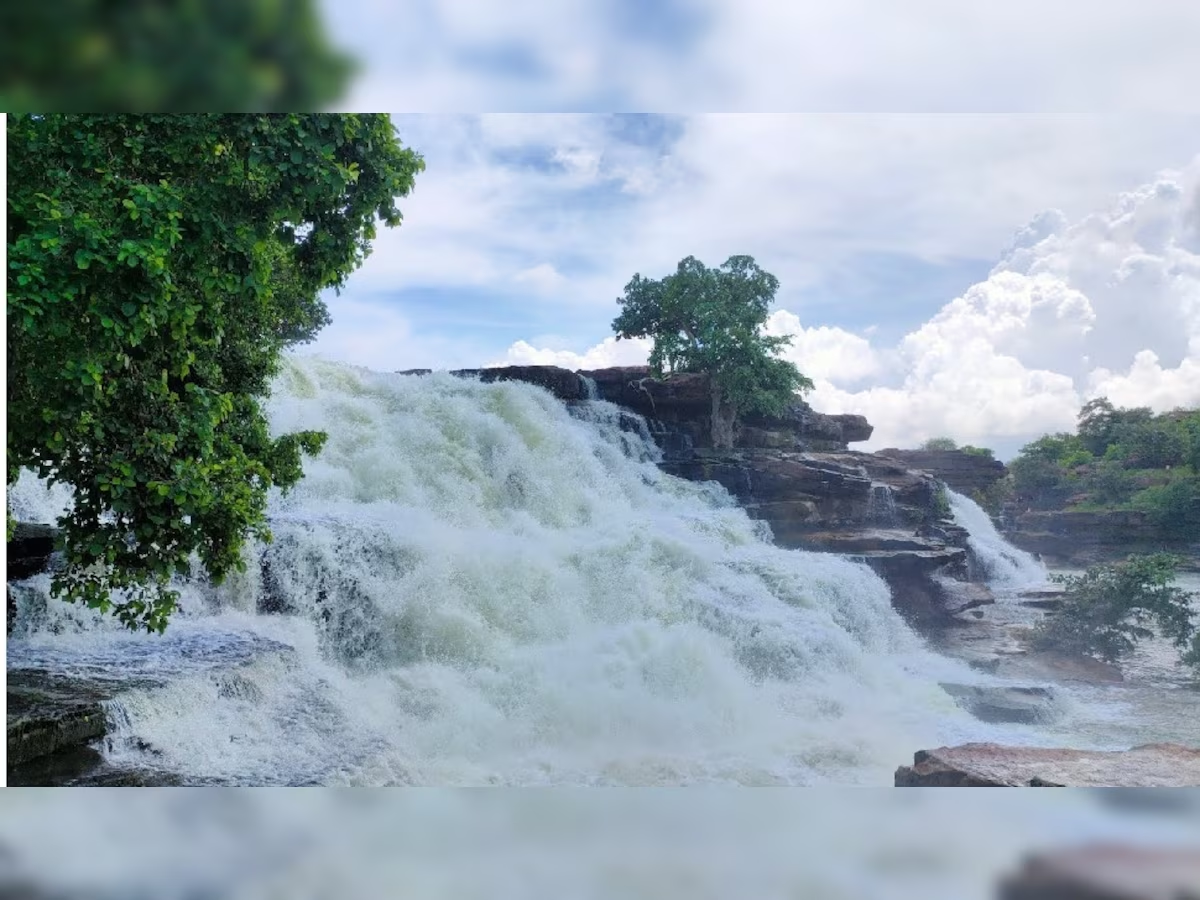Exploring the Enchanting Beauty of Sonbhadra, Uttar Pradesh
Nestled in the heart of Uttar Pradesh, India, lies a hidden gem that captivates with its natural splendor and cultural heritage - Sonbhadra. This picturesque district, tucked away in the southeastern corner of the state, is a testament to the diverse and enchanting beauty that Uttar Pradesh has to offer. From breathtaking landscapes to historical treasures, Sonbhadra has a charm that leaves visitors in awe.
Location and Geography:
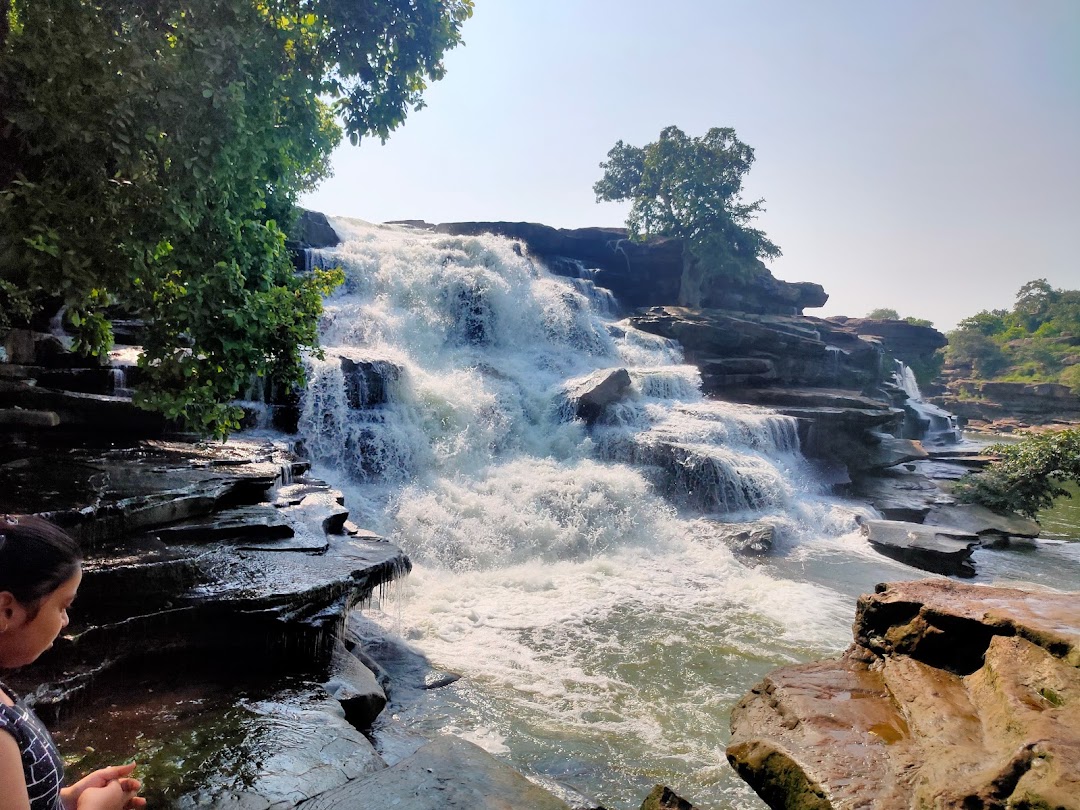
Sonbhadra is situated in the southeastern part of Uttar Pradesh, bordering the state of Madhya Pradesh. Its geographical diversity is remarkable, ranging from lush forests and rolling hills to serene rivers and valleys. The district is blessed with natural resources, making it an area of significant economic importance. The lush greenery and tranquil waterscapes create a soothing backdrop for travelers seeking a respite from the bustling city life.
The beauty of Sonbhadra lies in its unspoiled natural landscapes. The district is home to dense forests, pristine water bodies, and a rich variety of flora and fauna. One of its notable attractions is the Salkhan Fossil Park, which showcases a fascinating collection of prehistoric fossils, offering a glimpse into the Earth's ancient history. Another marvel is the Rihand Dam, one of the largest reservoirs in India. The dam's vast expanse of water against the backdrop of verdant hills is a sight to behold. The Renukoot waterfall, surrounded by lush greenery, provides a serene spot for relaxation and rejuvenation.
Cultural Heritage:
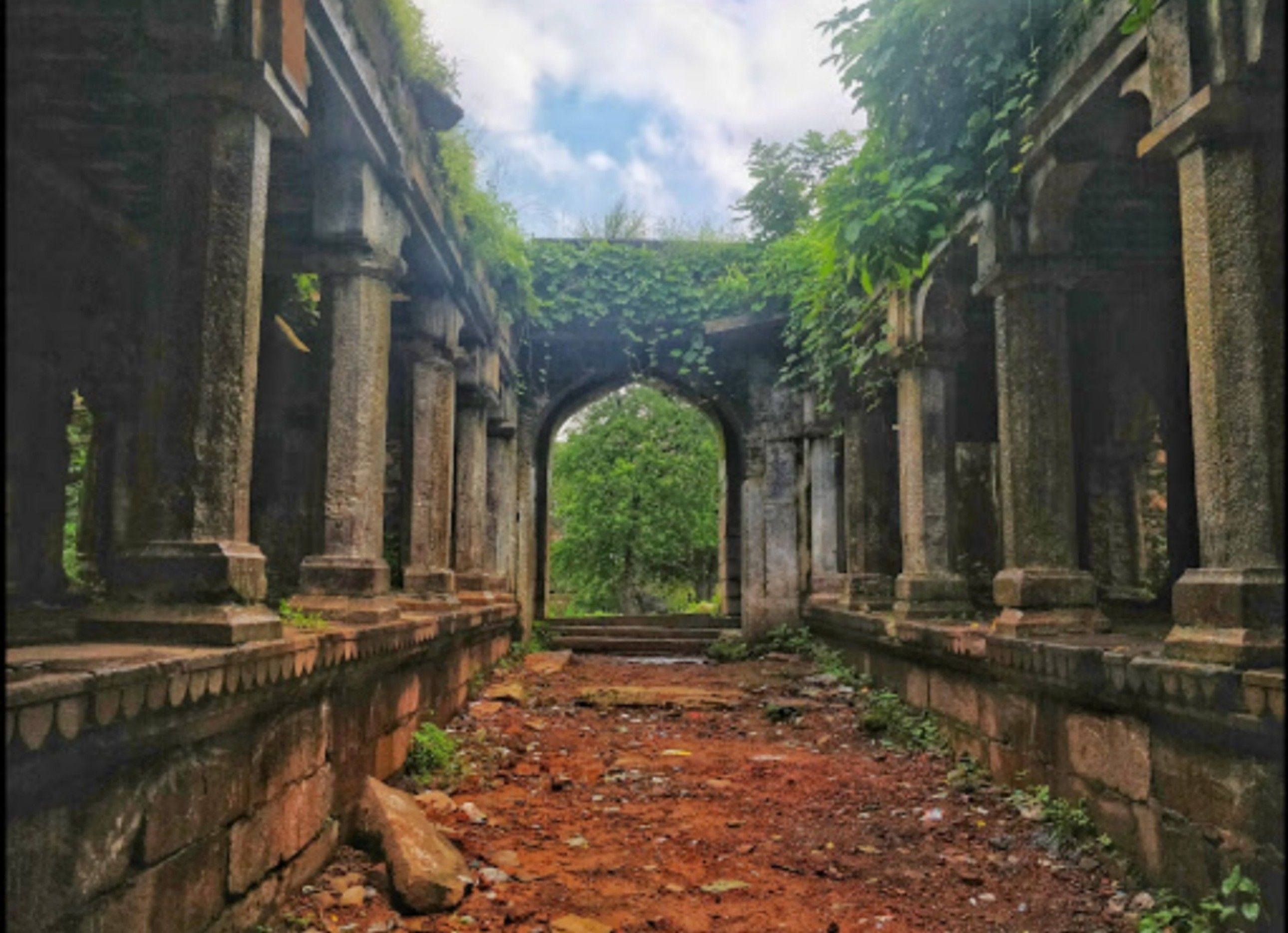
Sonbhadra is steeped in history and culture, with traces of ancient civilizations found in its archaeological sites. The district has several historical sites that offer a glimpse into its past, including the Agori Fort and the Dadri Kund temple. These sites reflect the rich heritage and architectural marvels of bygone eras.
Famous for Minerals:
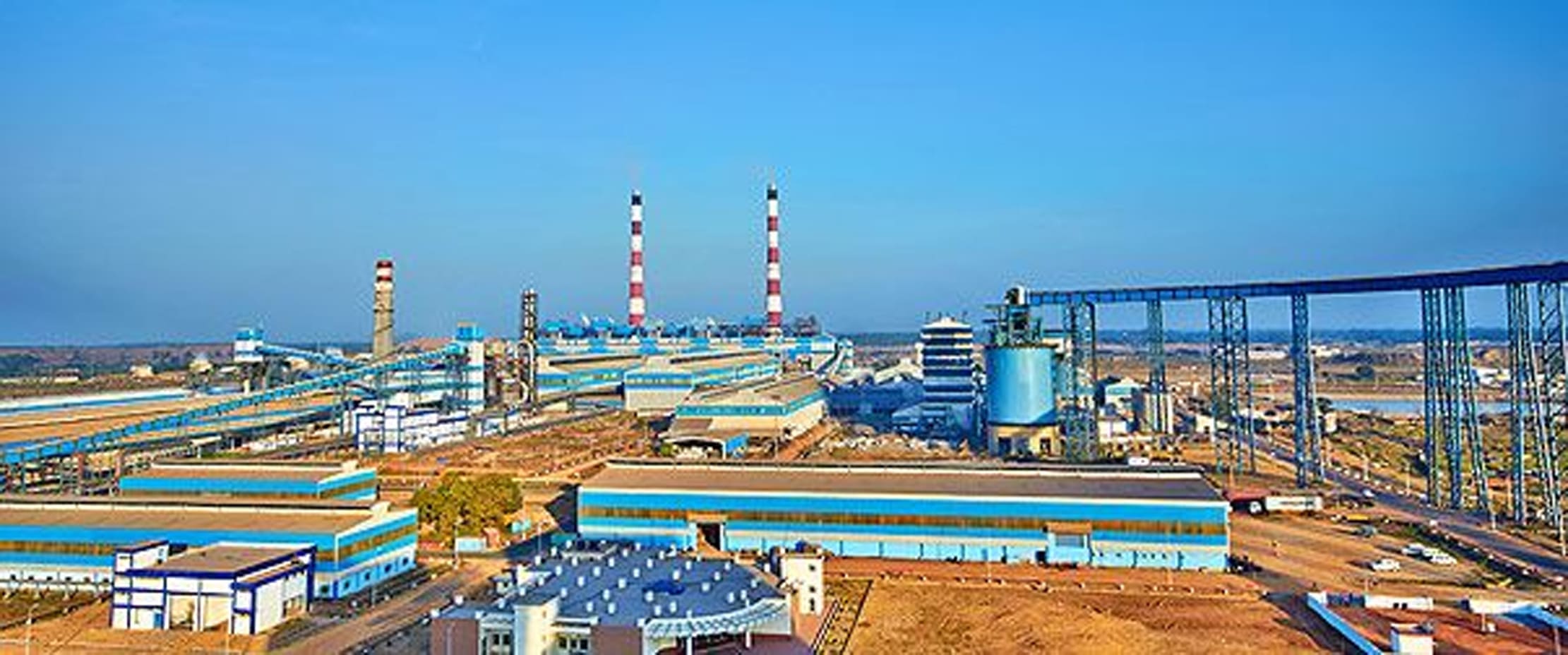
Sonbhadra is renowned for its vast mineral wealth, including coal, limestone, and bauxite. The region's mineral deposits have contributed significantly to India's industrial growth. The minerals have not only fueled economic development but have also shaped the landscape and culture of the district.
Spiritual Significance:
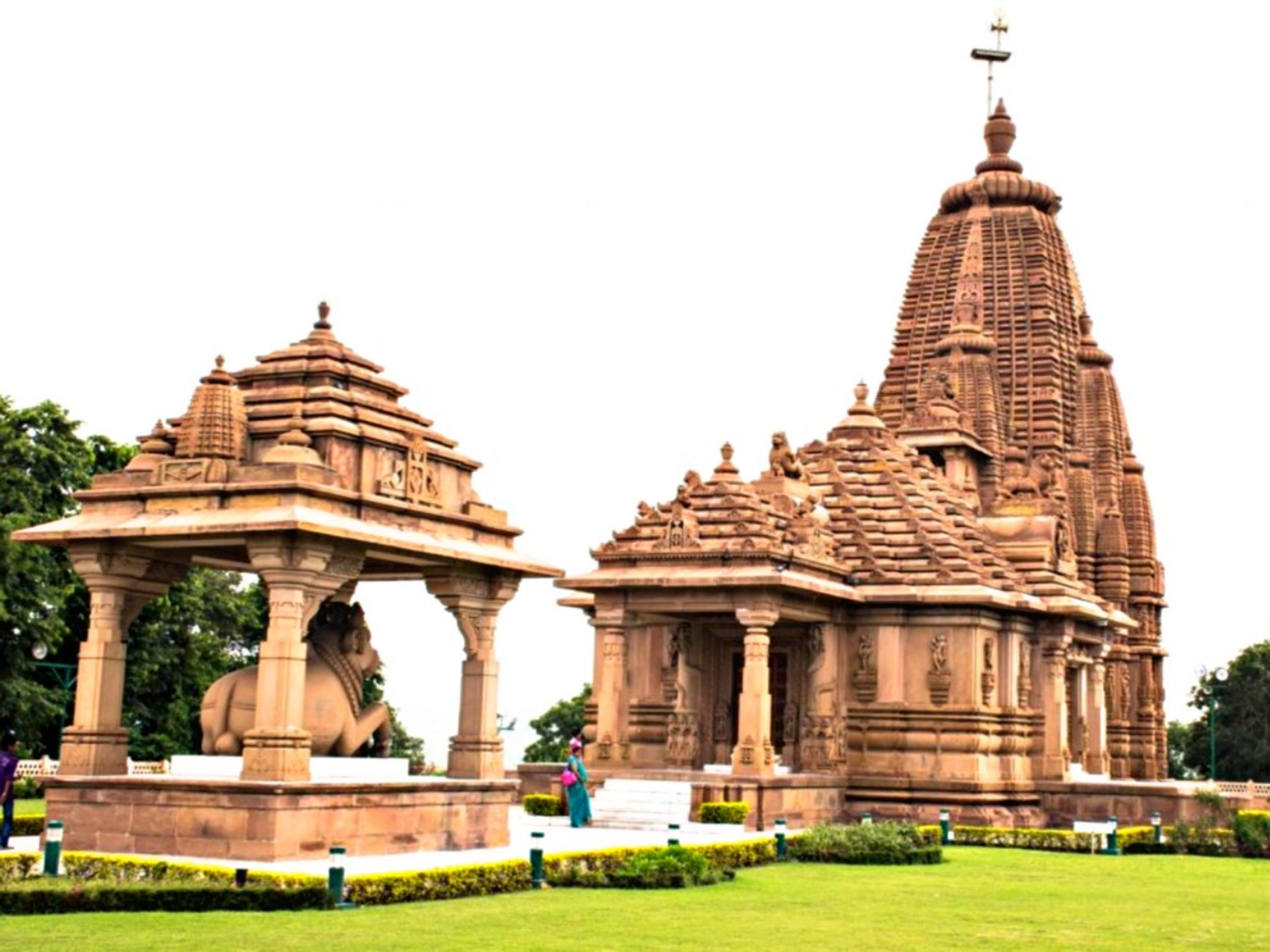
The district is also a spiritual haven, with numerous temples and religious sites that attract devotees and pilgrims. The Goddess Vindhyavasini Temple in Mirzapur is a revered shrine that holds cultural and religious significance. The tranquil ambiance and spiritual aura of these sites offer a sense of tranquility and introspection.
Sonbhadra, Uttar Pradesh, is a treasure trove of natural beauty, cultural heritage, and spiritual sanctity. Its diverse landscapes, historical treasures, and spiritual sites combine to create a unique and captivating destination. Whether you are an adventure seeker, a history enthusiast, or a spiritual seeker, Sonbhadra has something to offer that will leave an indelible mark on your heart and soul.
Some places to visit in Sonbhadra, Uttar Pradesh
1. A Sanctuary of Spirituality:

Gotthani Shiv Mandir (Gupta Kashi): Earning its moniker "Gupta Kashi," Gotthani Shiv Mandir is a testament to the grandeur of ancient temples that grace the region. Nestled at the confluence of the Renu, Sone, and Vijul rivers, this sacred site holds immeasurable religious significance. A hub of artistry, the temple boasts black stone idols from the 11th and 12th centuries. It stands as a pilgrimage site for the tribals, with the vibrant Shivratri festival lighting up its spiritual atmosphere.
2. Kund Vasini Dham (Kudari Devi): A Divine Gem: Situated on the western bank of the river Sone, Kund Vasini Dham shines as a Shaktipeeth of paramount historical and religious value. The temple, built in the revered Khajuraho style, stands as a marvel of architecture. Devotees from far and wide seek solace here, contributing to its importance as a spiritual haven and a tourist delight.
3. Exploring Amila Bhawani Dham: A Journey into Devotion: With a reverence that transcends borders, Amila Bhawani Dham in the Tariya hills resonates with residents and devotees from neighboring states like Bihar, Madhya Pradesh, and Jharkhand. The spiritual aura and cultural vibrancy of this site draw pilgrims seeking both tranquility and religious fulfillment.
4. Unveiling the Mystique of Panch Mukhi Mahadev (Churk): Nestled atop a hill, Panch Mukhi Mahadev introduces visitors to the ancient presence of the five-headed Lord Shiva. The historical caves that adorn the lower hills narrate tales of tribal heritage and culture through their intricate paintings and carvings. This magnetic site, with its 16 historic caves, lures tourists and devotees alike.
5. Journey to Nal Raja Mau: A Glimpse of Grandeur: Along the route connecting the district headquarters with Vijayagah, Nal Raja Mau unveils its grandeur. This site, 15 km from the district headquarters, boasts a remarkable statue of Sahasra Shiv and other awe-inspiring idols, including an extra-large statue of Lord Buddha.
6. Witnessing the Majesty of Shivdwar: Situated 40 km northwest of the district headquarters and 10 km from Ghorawal, Shivdwar unveils an ancient and remarkable Shiv Mandir. Adorned with a captivating black stone idol of Lord Shiva and Parvati, the temple radiates spirituality and tradition. The auspicious occasion of Shivratri witnesses a grand gathering, while the Sawan season witnesses the traditional Jalabhishek ritual.
7. Mukhafall:
A Symphony of Nature's Beauty: Mukhafall, located 40 km west of the district headquarters, invites visitors to witness the awe-inspiring spectacle of the Belan River cascading from a height of approximately 100 feet. Amidst the scenic splendor, the presence of exquisite rock paintings adds a unique touch to this breathtaking destination.
8. Mahuariya Kaimur: A Haven of Scenic Splendor: Situated 16 km northwest of the district headquarters, Mahuariya Kaimur unveils breathtaking beauty. This verdant paradise, adorned with wildlife and aromatic plants, offers a serene escape and compels visitors to return to its tranquil embrace.

